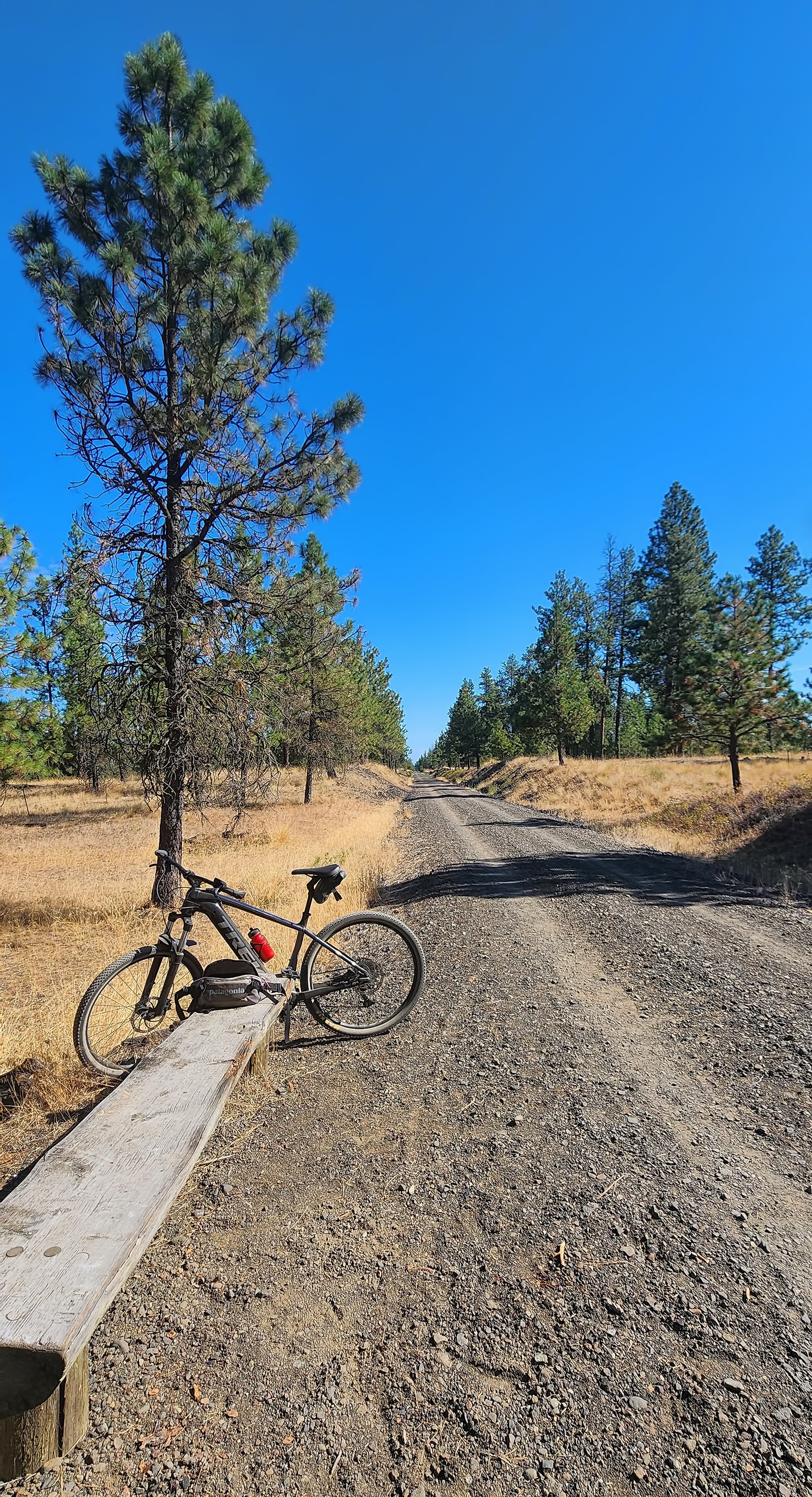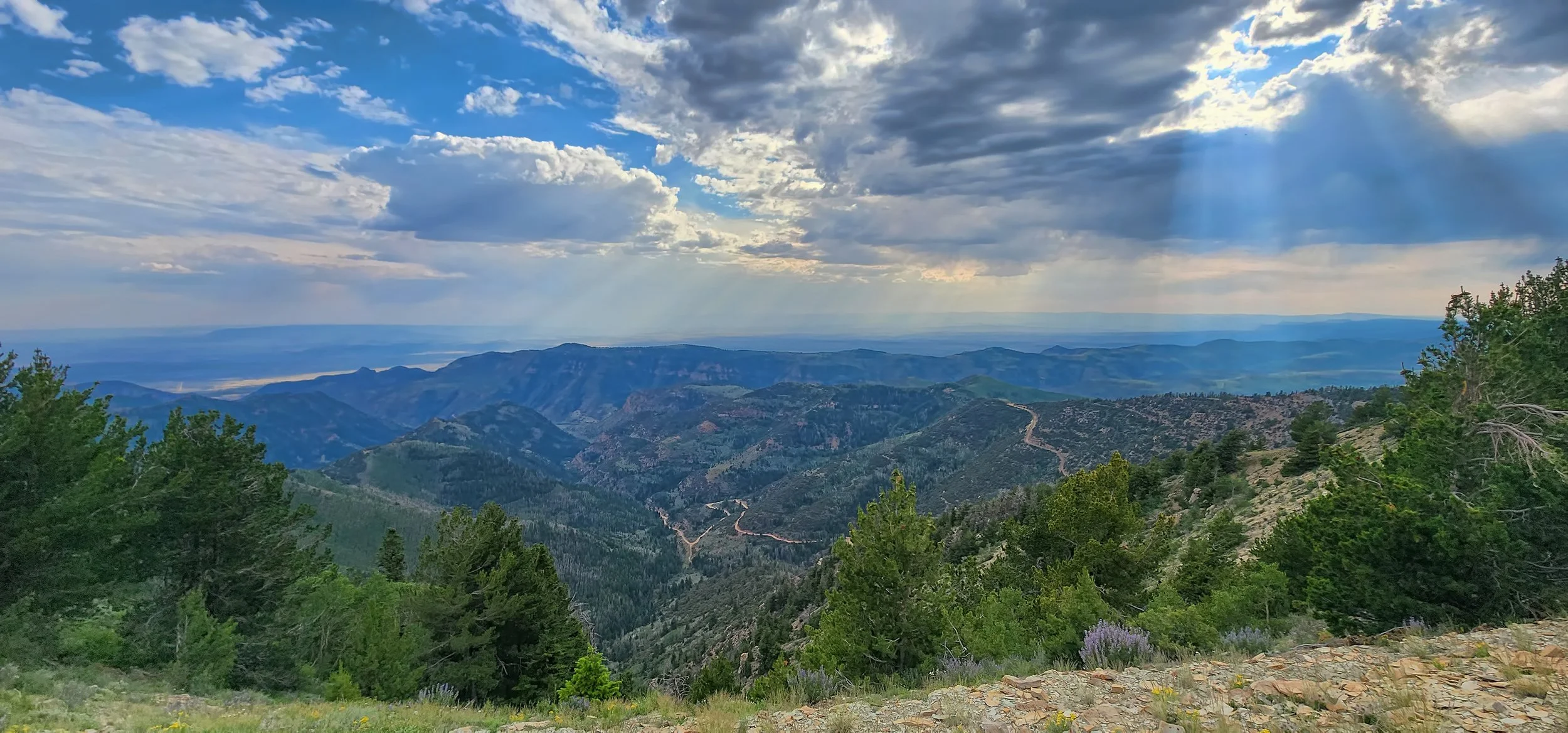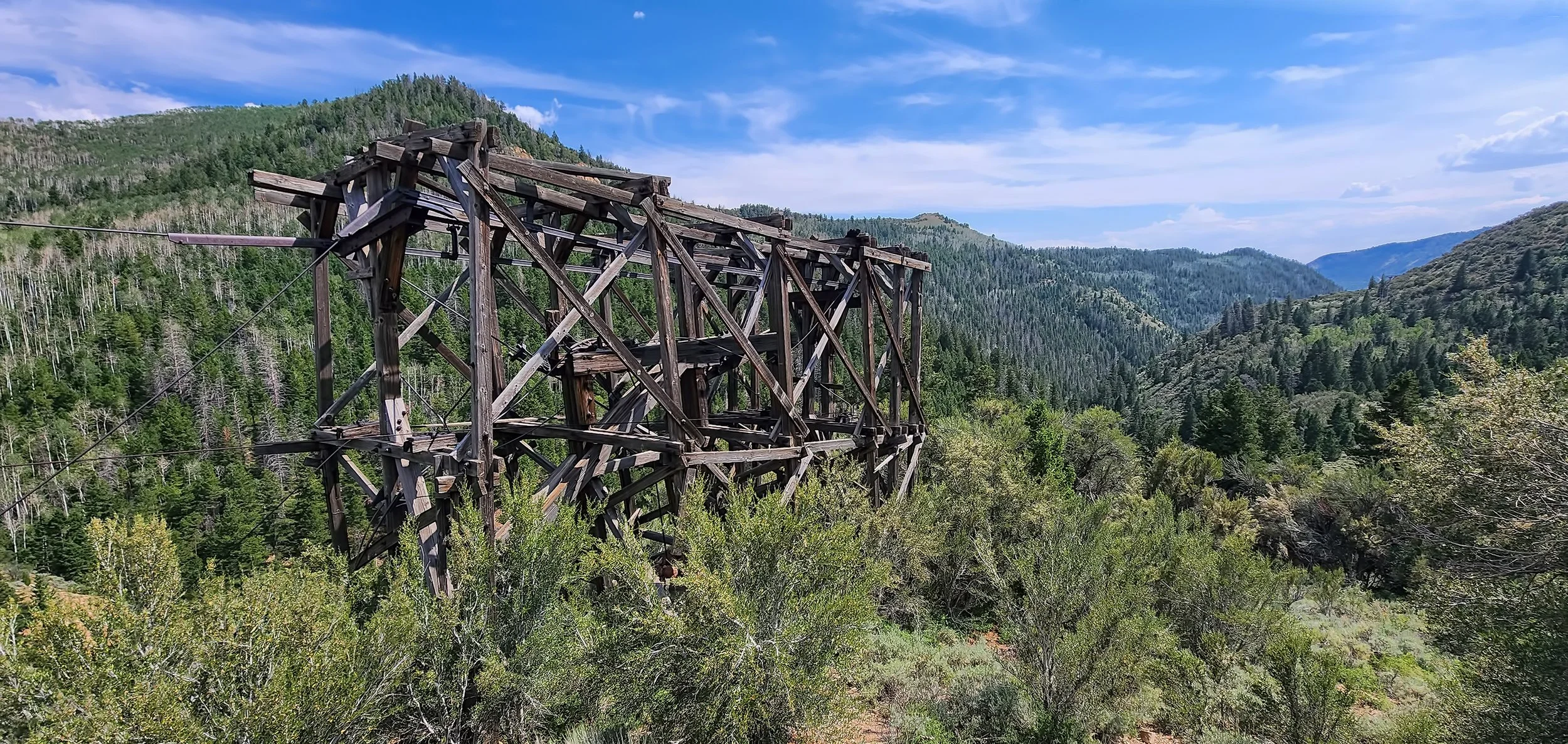of Wild Turkeys maintains oversight of her brood as she relaxes and slowly explores the territory around the house.
Female Wild Turkey (Meleagris gallopavo).
of Wild Turkeys maintains oversight of her brood as she relaxes and slowly explores the territory around the house.

Female Wild Turkey (Meleagris gallopavo).

likes to glean insects on the ponderosa pines and is frequently observed visiting the bird bath, washing down its meal of wood-boring insects with a drink of water.

Male Hairy Woodpecker (Dryobates villosus).

in southeastern Washington where I hope to earn my Level 1 certification in order to purchase and launch bigger rocket engines in my larger/heavier model rockets. I will fly the 56 inch (142 cm) tall Aerotech HV Arcas for the certification flight, a 60% scale replica of the actual high velocity Arcas sounding rocket historically used for atmospheric research.

The Aerotech HV Arcas and the Aerotech Arreaux model rockets. The smaller and sporty Arreaux should reach 3,000 feet on a "G" engine according to computer simulations.
Based on simulations using OpenRocket software that utilizes basic physics, aerodynamic principles and the standard atmospheric model, the HV Arcas model rocket should soar to a half-mile high apogee in a flight lasting two minutes long on a “H” rocket engine. A Jolly Logic Altimeter Two will be onboard during the cert flight in order to record flight data.

Design rendering of the HV Arcas from OpenRocket software showing internal structure and components, as well as the center of gravity and center of pressure on the airframe.

Simulated flight profile of the HV Arcas flying on a “H” engine from OpenRocket software showing a predicted apogee of 2,456 feet (~750 meters) for a flight lasting 129 seconds.
Links: Sod Blaster VI and OpenRocket software.
allows this finch to effortlessly pry open conifer seed cones. These chatty and colorful birds are fairly common in the woodlands of eastern Washington.

Adult male Red Crossbill (Loxia curvirostra).

That’s quite the underbite.
of certain bird feathers is governed by the angle of incidence of refracted light as it passes through the micro-structure of the feather barbules. The richness of the glow changes quickly and results in a shimmering effect often seen in hummingbirds. Here’s one at rest at the sugar reservoir giving me the evil eye.

Female or juvenile Black-chinned Hummingbird (Archilochus alexandri).
southwest of Spokane, Washington, the Columbia Plateau State Park Trail extends for 130 miles (209 km) across the semi-arid Channeled Scablands. Some portion of this trail system is part of my daily ride, usually a section between Spokane and Amber Lake, at its very northeastern end.

Open ponderosa pine forests and seasonal wetland ponds dominate the flat-lying terrain that traverses the 1908 path of the Spokane, Portland and Seattle Railroad.

A typical crowded day on the trail.

met for lunch at our favorite Mexican restaurant last week. Emeritus Professor Ernest Gilmour (below left) was the chair of the department when I was hired as a fledgling assistant professor in the summer of 1984, a full 40 years ago, and he remains a good friend and valued colleague. We’re both retired from the university today, but he’s still doing active research in paleontology and publishing on bryozoans. It’s a scientific fact that fossilization is delayed if one stays active, both mentally and physically!

during an opportunistic bath in the sprinkler spray. It’s a poorly lit image but the behavior was fun to observe.

Soggy Black-chinned Hummingbird (Archilochus alexandri).
is enjoyed by this hummingbird, from the high desert of Utah to the high country of Colorado, to the ponderosa pine forests of eastern Washington and beyond.

Black-chinned Hummingbird (Archilochus alexandri), either a female or immature male.
is ready to fly, but with all the burn bans currently in effect in eastern Washington that’s not going to happen anytime soon. The HV Arcas model rocket will be used to obtain my Level 1 certification from the National Association of Rocketry at an event later this month. I’m leveling up to higher power rocketry. It’s important to pursue goals in retirement.

Link to Sod Blaster 2024 and the Level 1 Certification Process.
as an assist to a slowly moving turtle crossing the Fish Lake Trail this morning. Always happy to help my reptilian friends.

Painted turtle (Chrysemys picta) galloping across the trail.
at dinnertime.

Great Horned Owl (Bubo virginianus).
of this Osprey who clearly has a bead on me as I capture this image of the siblings. The smaller chick was quite vocal, and with two youngsters, I can understand why the house is a mess.

Adult Osprey with two juveniles (Pandion haliaetus).

Shot this afternoon with a tripod-mounted Canon 5D Mark IV camera and Canon EF 500 mm f/4 prime lens from 120 yards (~110 meters).
there often clings a tiny sleeping bat. One or more are typically present when I need to retrieve my hidden house key during the summer. Delightful.


Little brown bat (Myotis lucifugus).
are peeking out from the bottom of the bat house as the residents enjoy a pleasant day following a several day long heat wave. They’re wondering why the blood doesn’t rush to my feet as I snap this image.

Little brown myotis (Myotis lucifugus).
with a vigilant parent standing guard in Turnbull National Wildlife Refuge. Seems like some housekeeping is in order.

Adult Osprey with juvenile (Pandion haliaetus).

must also be sited appropriately for bats to find and occupy. Bats are fiercely loyal to favorable roosts and will return year after year as the colony grows in number. This two-chambered bat box has been hanging in this location above my back deck, on the south side of the house, for nearly 20 years. Today more than 200 little brown bats (Myotis lucifugus) occupy it during the summer, some even giving birth.
Benefits: Fewer insects around the house and each year I gather several pounds of nitrogen-rich bat guano and give to my gardening friends. Sitting on the back deck at dusk and watching them emerge is pretty cool, too.
Hang a bat house. Bats need friends!

This is the volume of guano produced by the occupants of the bat house over the last several months, a clear indication of a large and healthy colony of bats.
My dear late wife, Donna Hensley, was a bat biologist and she compiled the first editions of this authoritative book while working at Bat Conservation International: The Bat House Guide.
to welcome me home to the shaded ponderosa pine forests of eastern Washington. I love these huge, winged tigers of the sky.

Great Horned Owls (Bubo virginianus).

on Fish Lake. It’s surprising that nobody was out on the lake this early morning.

occurs below Bruin Point, Utah in the Green River Formation (Eocene) due to canyon erosion, thereby allowing the volatile compounds to freely migrate to the surface with only bitumen remaining in the sandstone.

View toward the west from Bruin Point, Utah (10,131 feet (3,088 meters)) into Water Canyon. The access road is exceptionally steep and requires a high clearance vehicle.

Block of asphaltic sandstone from the Green River Formation that was quarried below Bruin Point in the early 1800s.

Gravity-powered aerial tramway relic below Bruin Point, circa 1920s.
Here’s a link for geo-nerds: Sunnyside bitumen-impregnated sandstone reservoirs at Bruin Point, southwest Uinta Basin, Utah.